Finally it is here! Ranking of the 20 best English footballers of all time
Football
Soccer is one sport that often comes up with various terminologies depending on the circumstance. For instance, other examples include terms such as diving, bicycle kick, the famous Hand of God, injury time, offside, corner, and many more. Well, ever heard of the famous Panenka penalty? How did it come about?
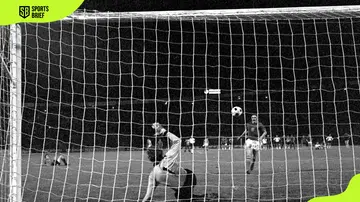
Many at times, penalty kicks are one of soccer's most debated talking points. This simple shot from twelve yards has always been the source of much excitement for a winning squad and the stuff of nightmares for the losers at that particular time. Objectively, though, are these penalty kicks worth more work than the actual goals?
The mind games behind taking a penalty are often complex. In this case, players are supposed to consider several aspects such as placement, height, and pace of their strike, and all of this under immense pressure. However, there is a particular style of penalty that tends to cause more controversy than the usual spot kick – the illusive Panenka.
Finally it is here! Ranking of the 20 best English footballers of all time
Football
So, what is a Panenka penalty kick? This particular kick results from soccer players employing a specific technique when taking their kick. One of the most common methods is by striking the ball at pace, either to the left or right of the goalkeeper, and ideally with precision into the corner of the net.
So basically, the goalkeeper automatically dives before the kicker has made contact with the ball but fails to hide their movements. At this very moment, the kicker develops an upper hand where he would kick the ball in the opposite direction to any diving action.
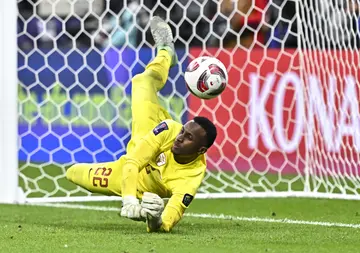
Another option is to hit the ball in the centre of the goal left open as the keeper dives to one side. This particular kick is successfully performed by chipping the ball lightly in this scenario. From the description above, you can almost tell that the Panenka kick is about confusing the goalkeeper. But is it even legal? Does it tally with the FIFA rules and regulations?
15 best footballers who smoke: A list of footballers who take the occasional puff
Football
The first Panenka penalty was kicked on 20 June 1976 by the former renowned soccer player. Antonin Panenka. This occurred during the 1976 European Championships when Germany and Czechoslovakia had reached the penalty shoot-outs after a 2-2 draw.
Even though there have been various attempts since 1976, despite being controversial, it was one of the best Panenka penalties in football's history.
The famous penalty is named after Czech national Antonin Panenka, a retired football player who played as an attacking midfielder and spent most of his career representing Czechoslovak club Bohemians Prague. The player made the kick famous after attempting one with a decisive successful spot strike to win over Germany in the 1976 European Cup Final.
And while it left West Germany's then-goalkeeper, Sepp Maier, confused, Antonin Panenka claimed it was never his intention.
Who is the highest-scoring midfielders of all time in football?
Football
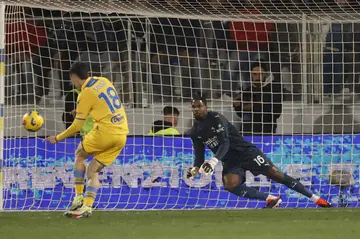
I suspect that he does not like the sound of my name too much. I never wished to make him look ridiculous. On the contrary, I chose the penalty because I saw and realised it was the easiest and simplest recipe for scoring a goal. It is a simple recipe.
Antonin was not the only soccer player with that unique trick. During the Euro 2012, Andrea Pirlo, an Italian former soccer player, stepped up to take his penalty against England's goalkeeper, Joe Hart, after the quarterfinals had ended goalless.
Pirlo later said after the victory,
As I began my run-up, I still had not decided what I was going to do. And then Joe moved, and my mind was made up. It was all impromptu, not premeditated. The only way I could see of pushing my chances of scoring close to 100 percent. There was absolutely no showboating about it, as that is not my style.
Strangest sports: Top 10 weirdest sports in the world currently
Other Sports
It was a pure calculation that made me chip the ball. At that precise instant, it was the least dangerous thing to do. The safest and most productive option.
This particular penalty aims to make the goalkeeper believe that the kicker will kick the ball into the left or right corner but then fails to. Some experts have recommended some techniques to perform the famous kick.
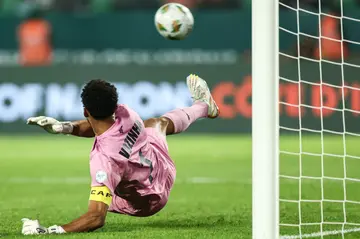
Ranking the 10 most famous footballers who party too much
Football
These five penalty kicks have been considered the best ones so far.
The particular penalty kick has been used in football since its inception in 1976. Here are some interesting facts about it that you probably did not know.
This particular kick is considered a trick to goalkeepers. Depending on how well one specific shooter can kick the ball, achieving it is simple. Therefore, its success rate highly depends on the kicker and the keeper.
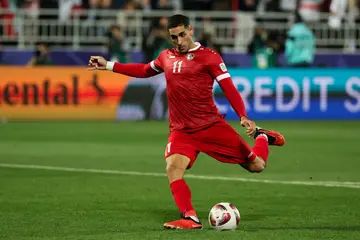
Well, in as much as some may think the famous strike defies some FIFA rules and regulations, the fact remains that once kicked, it cannot be ruled out. Besides, on both occasions, the players always try to gain an advantage over their opponents. This particular penalty is used basically for this reason.
15 of the best soccer movies of all-time you need to watch at least once in your lifetime
Football
The first Panenka penalty was kicked on 20 June 1976 by the former renowned soccer player. Antonin Panenka, during the 1976 European Championships.
Forty-seven years after that famous spot strike, Antonin Panenka (now 74 years old as of January 2024) is still often asked about his thought process during that game fateful match in 1976. Nevertheless, he founded the famous Panenka penalty and has since become a cult hero of the game.
READ ALSO: Get to know Jonny Evans' net worth, salary and his career earnings
Sports Brief also featured everything about Johnny Evans's life, including his net worth, career earnings, and football achievements. Evans is an Irish professional footballer who plays as a defender for Manchester United.
Evans is renowned for his defensive abilities and leadership skills. Follow the above link to learn more about his biography and how much he has made through football.